Medium 30 foot evergreen options USA zone 6-7 New Jersey?
barplants123 barplants123
last year
last modified: last year
Featured Answer
Sort by:Oldest
Comments (12)
davidrt28 (zone 7)
last yearlast modified: last yeardavidrt28 (zone 7)
last yearlast modified: last yearRelated Discussions
FAQ Version 3.0
Comments (7)Jodik says: The coir might look dry on top, but down in the center of the pot, it could be quite moisture-laden! I have found it helpful to insert little wooden skewers carefully into the soil to about root level, and leave them there... I take them out and press them against my cheek to test for dampness... if they feel at all damp, I wait to water... but if the skewer comes out dry, it's time to water. My coir is 4" deep in a closed pot. I put the skewer to the bottom of the pot. When I take it out how many inches of bone dry top "soil" should there be before it's time to water again? Is it 1", 2" or 4"? I just went 10 days without water and only 1" of the top was dry so am I supposed to water this direct sun pot once every two weeks or so to avoid over watering, really? And how much water for my 6" closed pot? I had been watering 1 1/2 cup or so once a week and my plant was fine but I'm now worried that was too much so I'm re-evaluating. I know what conventional wisdom says (water deep, not shallow) but that advice doesn't seem to apply to my situation. Also how long should it be before I see new leaf growth in the summer time (first season outside)? My 18 month old Red Lion so far has only grown new leaves once a year. At potting and at dormancy end....See MoreAny Zone 5ers or 6ers peek at protected Musa Basjoos yet?
Comments (70)"Where and how much did you order your basjoo, if you don't mind me asking?" Sorry, I'm just catching up! I ordered mine on Ebay. This is my second time ordering and I think I generally pay around $5-6 a plant. I received them already and they look great, so I have four in the ground at this point (three new and one I had as a houseplant). Blondboy, I'm so happy for you!!!! What a sight!!! I guess I was the only one who actually killed mine. :( But as a Zone 5er (and borderline 5 at that), I'm not all that surprised. I WILL try again this coming winter though, maybe even with Christmas lights for a little warmth! I did a few things wrong this winter like having plastic directly on the plant!...See MoreTiming for zone 6a - newbie
Comments (20)Freshdesign, when camellias are grown from seed, they develop this long tap root, I've dug some young plants out on occasion and that root can be 18-24 inches long, maybe even longer. Kind of like oak trees. But you can't possibly sell camellias with this long tap root winding around and around the bottom of the pot, gets pot bound and more transplanting problems. So, the industry clips that tap root when its quite short, so that it is forced to develop a fibrous root system, so you can sell it. Kind of like rhodo root system. But the good thing about growing camellias from seeds is that perhaps when the soil freezes more deeply like in my cold Canadian climate, that long root can still take up water, chances are the root will still be below frost line. You can imagine with a flat, fibrous root system the frost will freeze the roots more likely and the plant is more prone to winters dehydration effects. I can't comment on you growing camellias on the balcony but I think you might be able to get away with it if you grow the hardier Ackerman winter series. Maybe insulate the pot with styrofoam like we do here for hardier shrubs like hicks yews....See Morecheap way to grow a dense evergreen 2' hedge? 75 feet
Comments (14)ended up getting a good deal on boxwoods and planted those. those $2 ebay flats would take forever to grow and look like a hedge. And a 2 ft border of vinca minor sorry I don't see a way to quote or even italicize your post, so I'll just reply in ALL CAPS. - Here (not sure about your location) one needs to think about where and how snow will be removed. Plants lining the drive can be in the way of snow removal or can be damaged by removal of wet, heavy snow. ALREADY THOUGHT OF ALL THIS. THE DRIVEWAY recently HAD A RAISED STONE /brick BORDER INSTALLED about 6" tall. snowblower will feel that and not go into lawn/vinca. especially a single stage blower with soft rubber paddle vs a dual stage with metal auger can damage brick if not careful if didn't actualyl know it was there though. it's actually better IMO to have vinca there if there were no raised brick border because if some were chewed up by a snowblower, it'll just grow right back in spring vs turfgrass might need to be RESEEDED if crown is damaged enough. - Depending on number of cars and drive width, is there room to get out of the car when parked if the drive is lined with plants? If the drive is particularly crowded with vehicles, for instance for a family gathering, is there room to walk up the drive to the house without having to avoid the plants lining the drive, or is there a pathway to accommodate foot traffic? I hate having to step out onto plants other than grass, and stepping over a 2 1/2' hedge would be inconvenient for all but the most physically fit and casually dressed. YES THIS IS WHY I put the hedge 3 feet away from the edge of the driveway, so car doors can open fully without hitting the hedge (if cars are parked that close to the driveway edge. the vinca border right along the driveway is low-growing vinca minor, it only grows about 6" tall especially if trimmed down once or twice a year which also promotes denser growth. And UGH! Keeping 75 feet of vinca (times two sides) in bounds would be something of a chore if it is happy. It sends out long runners that root where they touch, and I am constantly fighting to keep it out of the lawn and adjoining beds, etc. and it will try to grow out onto the driveway with the potential of being a trip hazard if it loops around and reroots. That's a lot of regular trimming. Pachysandra might be a better choice. pachy (and english ivy) climb and vinca doesn't. And it's quite sunny and vinca is the better of the 3 for sunny areas, and it fills in the quickest. It can be put around a hedge or other plants and not take over them as long as they're over a foot or so tall. With weekly or every other week mowing any vinca runner can be cut back in literally like 10 seconds while edging the driveway with a string trimmer. The vinca border has a bed edge/clif cut out of the lawn and just run the string trimmer vertically over any runners to keep it out of the lawn. Yes if unkept the vinca can creep into the lawn but I see this situation all the time with other groundcovers and it's not that hard to keep in place. Also trimming a 2-3 ft tall hedge is a cakewalk for me. going up on ladder and trimming branchy stuff becomes a chore but a simple hedge trim like that is no problemo....See Moregardengal48 (PNW Z8/9)
last yearbarplants123 barplants123
last yearbarplants123 barplants123
last yearlast modified: last yearViburnumValley central KY Bluegrass z6
last yearlast modified: last yearbarplants123 barplants123
last yearDig Doug's Designs
last yeardrrich2
last yearEmbothrium
last yearlast modified: last year
Related Stories
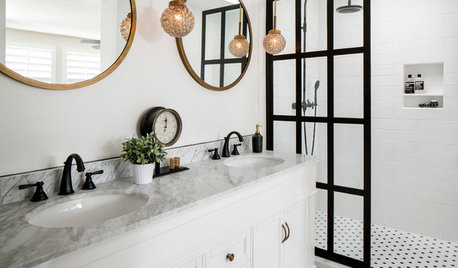
BEFORE AND AFTERSBefore and After: 6 Bathrooms That Said Goodbye to the Tub
Sleek showers replaced tub-shower combos in these bathroom remodels. Could this be an option for you?
Full Story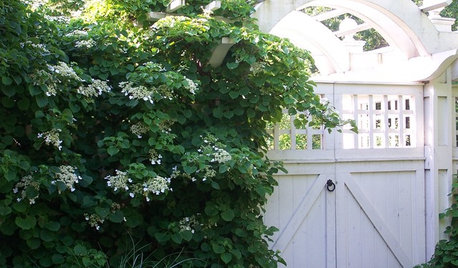
FALL GARDENING6 Deer-Resistant Flowering Vines to Plant This Fall
Have a major deer problem? Here are some of the only vines that have a chance of not being eaten
Full Story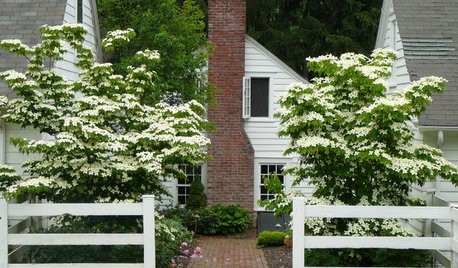
TREES7 Deer-Resistant Flowering Trees to Plant this Fall
If you live in a neighborhood with roaming deer, consider these beautiful trees that won't tempt hungry guests
Full Story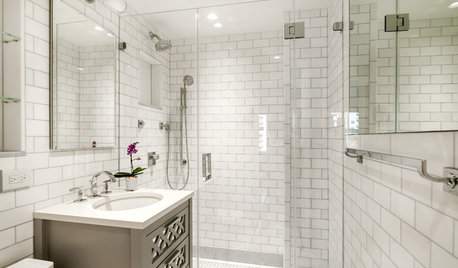
BATHROOM WORKBOOK5 Ways With a 5-by-8-Foot Bathroom
Look to these bathroom makeovers to learn about budgets, special features, splurges, bargains and more
Full Story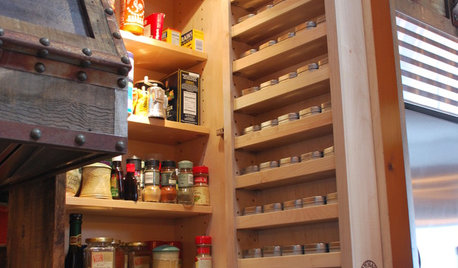
KITCHEN DESIGN7 Steps to Pantry Perfection
Learn from one homeowner’s plan to reorganize her pantry for real life
Full Story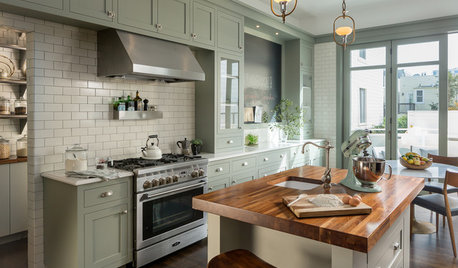
KITCHEN DESIGN7 Tricky Questions to Ask When Planning Your New Kitchen
Addressing these details will ensure a smoother project with personalized style
Full Story
DECORATING GUIDES7 Tips to Sell Your Home Faster to a Younger Buyer
Draw today's home buyers by appealing to their tastes, with these guidelines from an expert decorator
Full Story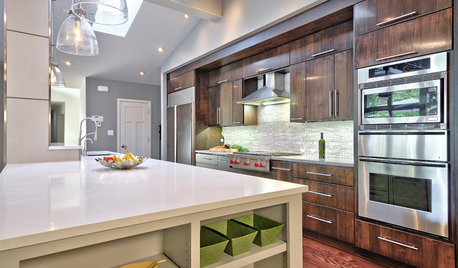
KITCHEN COUNTERTOPS7 Low-Maintenance Countertops for Your Dream Kitchen
Fingerprints, stains, resealing requirements ... who needs ’em? These countertop materials look great with little effort
Full Story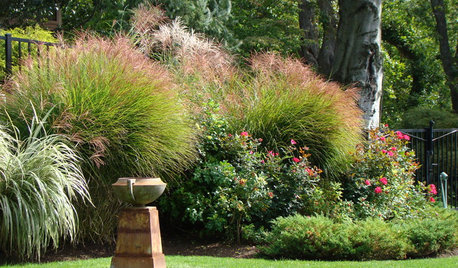
LANDSCAPE DESIGNThe 7 Best Plant Types for Creating Privacy and How to Use Them
Follow these tips for using different kinds of plants as living privacy screens
Full Story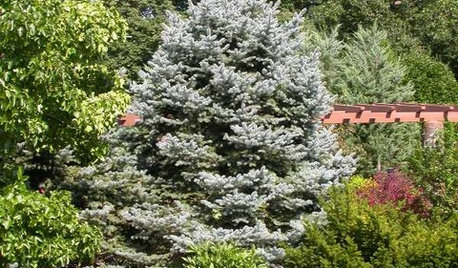
LANDSCAPE DESIGN10 Evergreens for Beautiful Foliage All Year
Give your landscape consistent color and structure with the emeralds, chartreuses and blues of evergreen trees and shrubs
Full Story


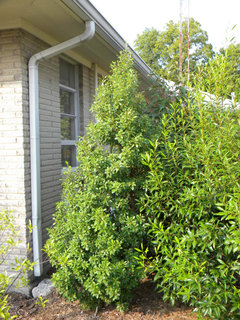
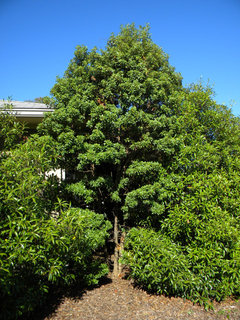
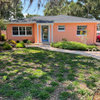
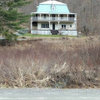



laceyvail 6A, WV